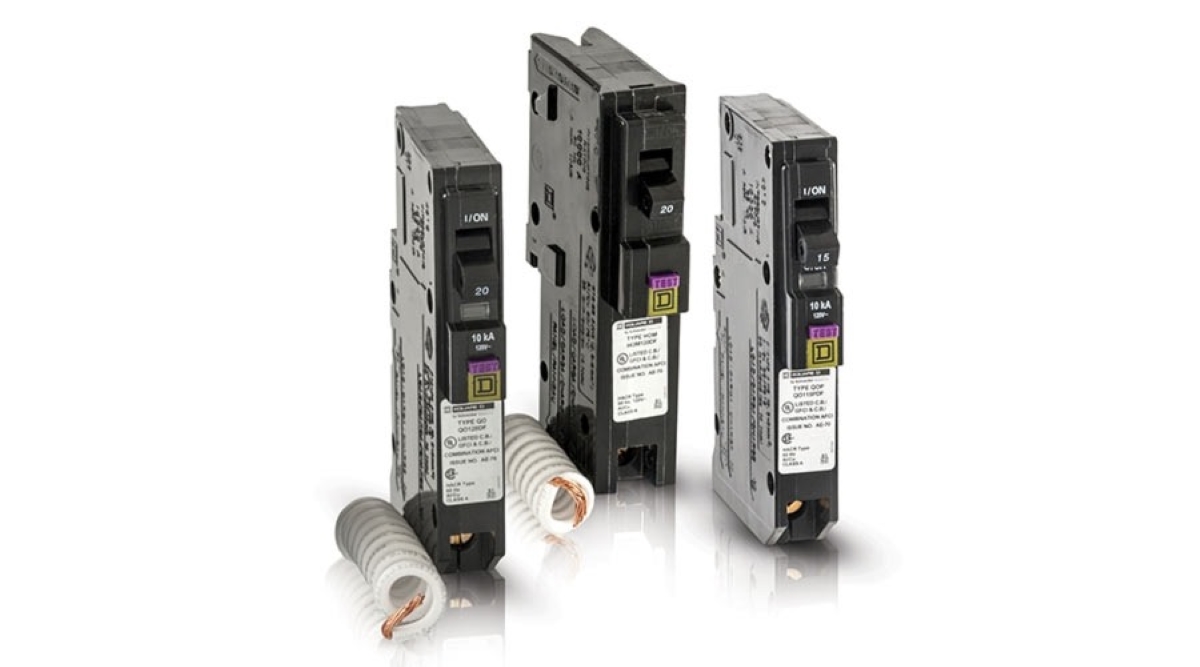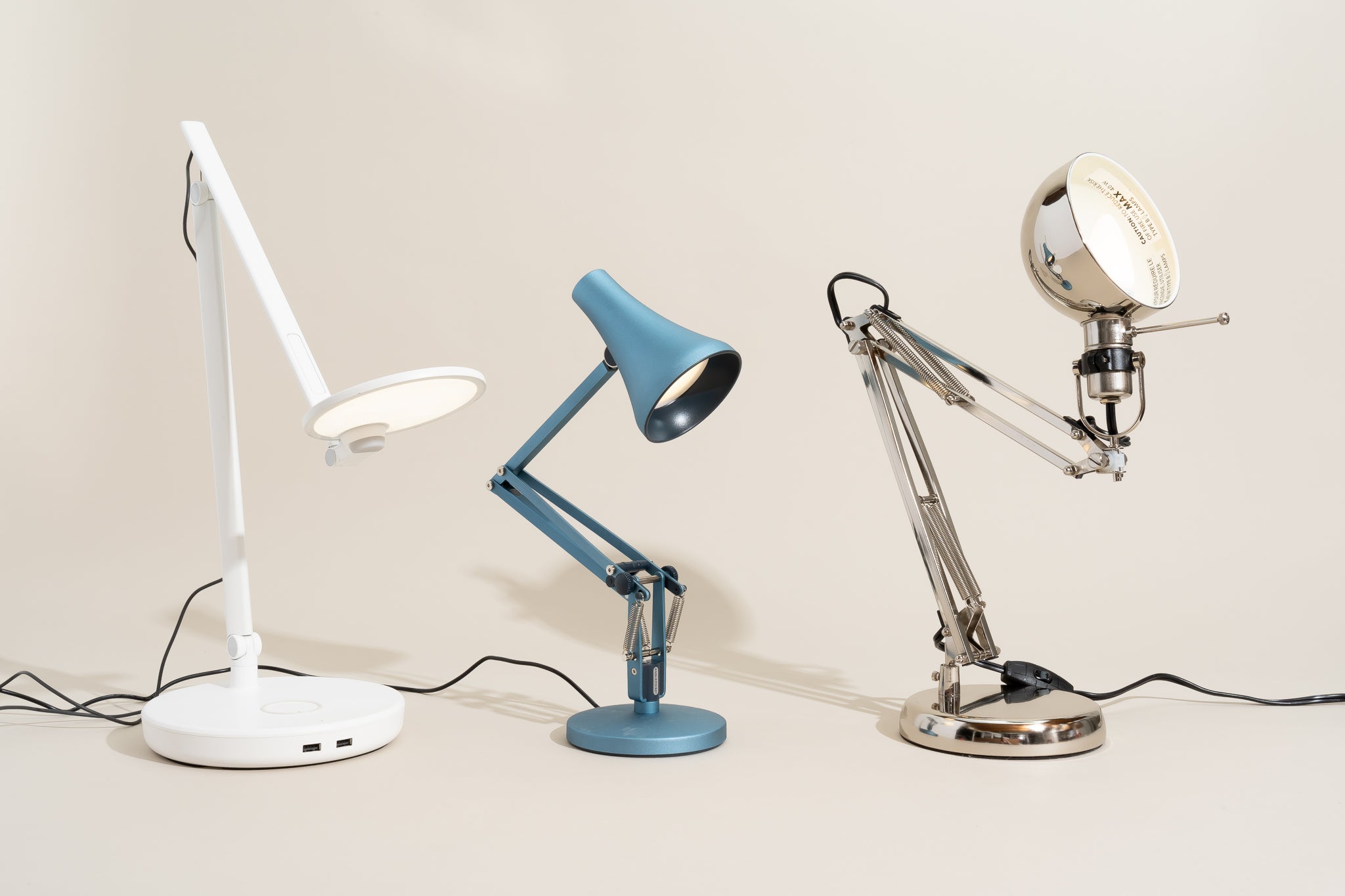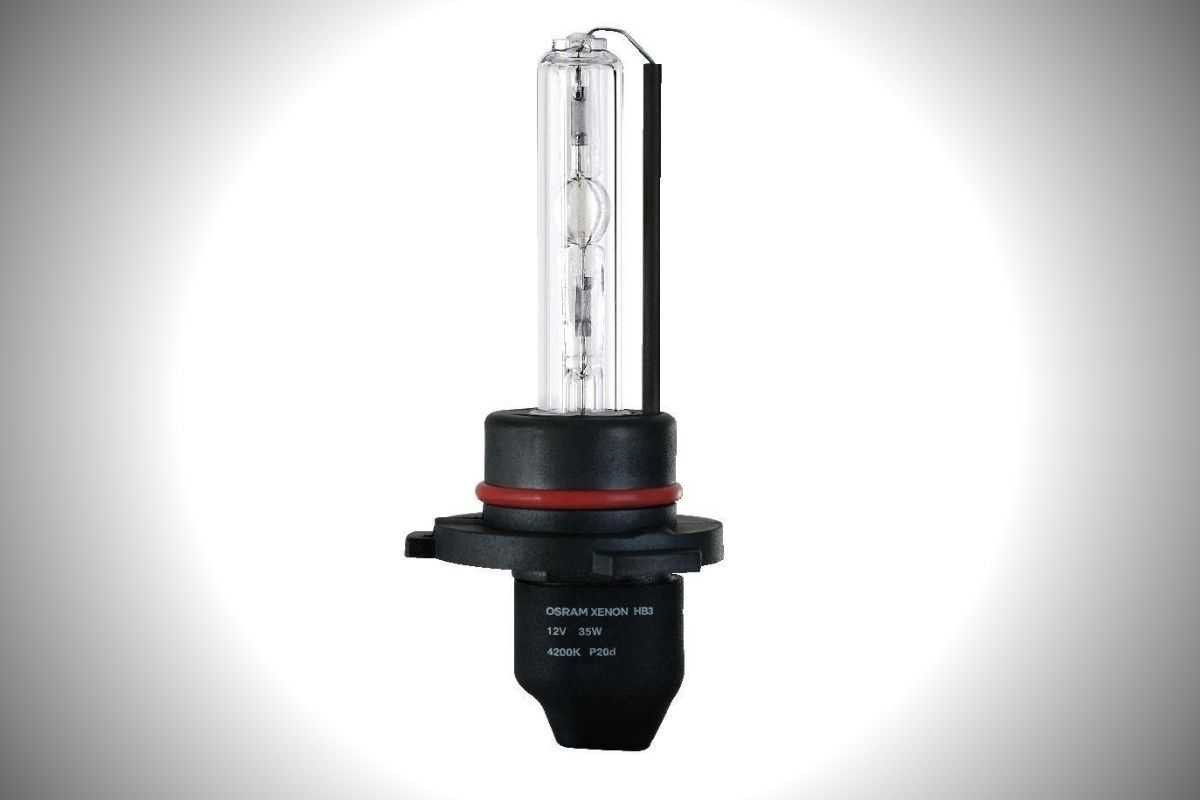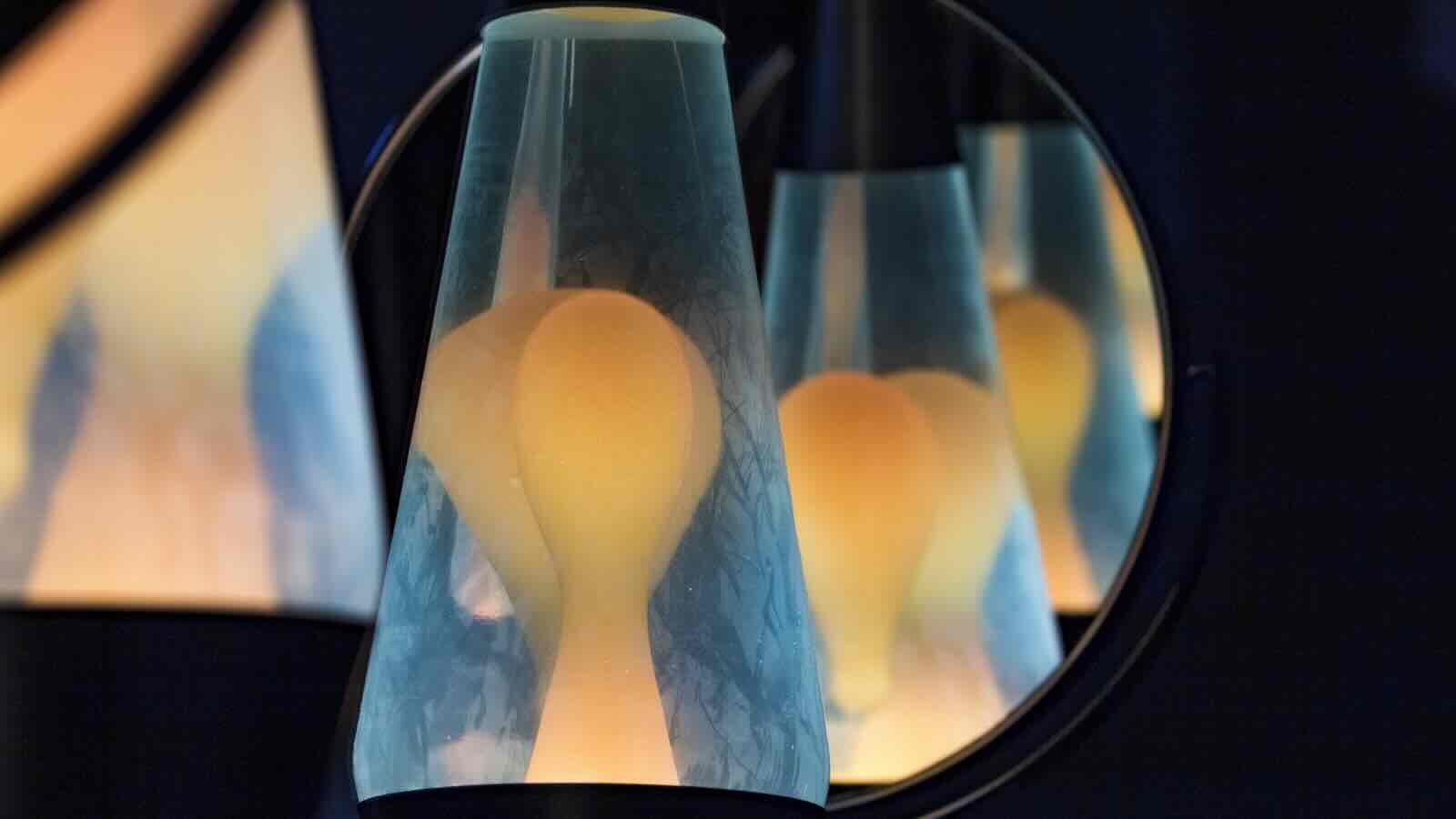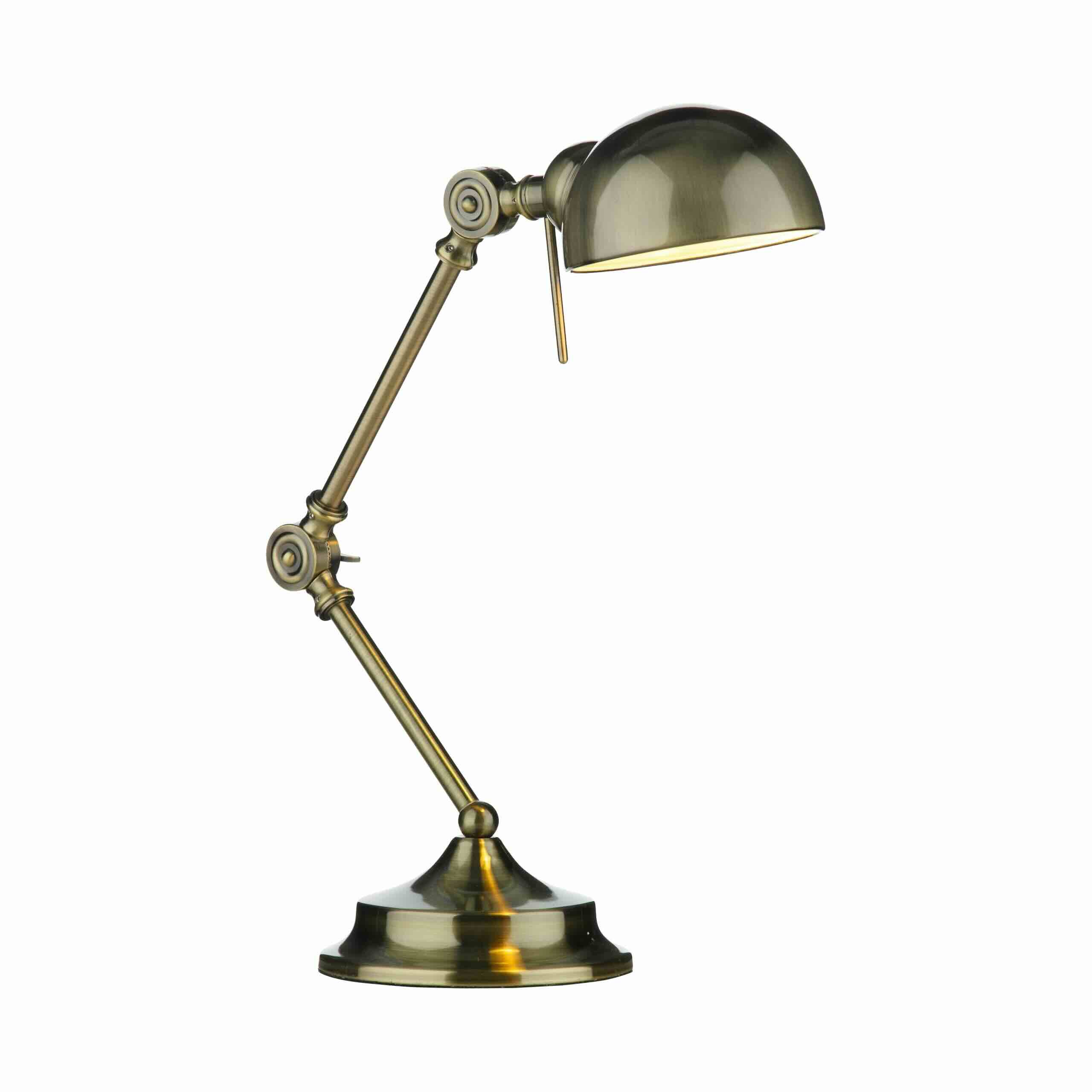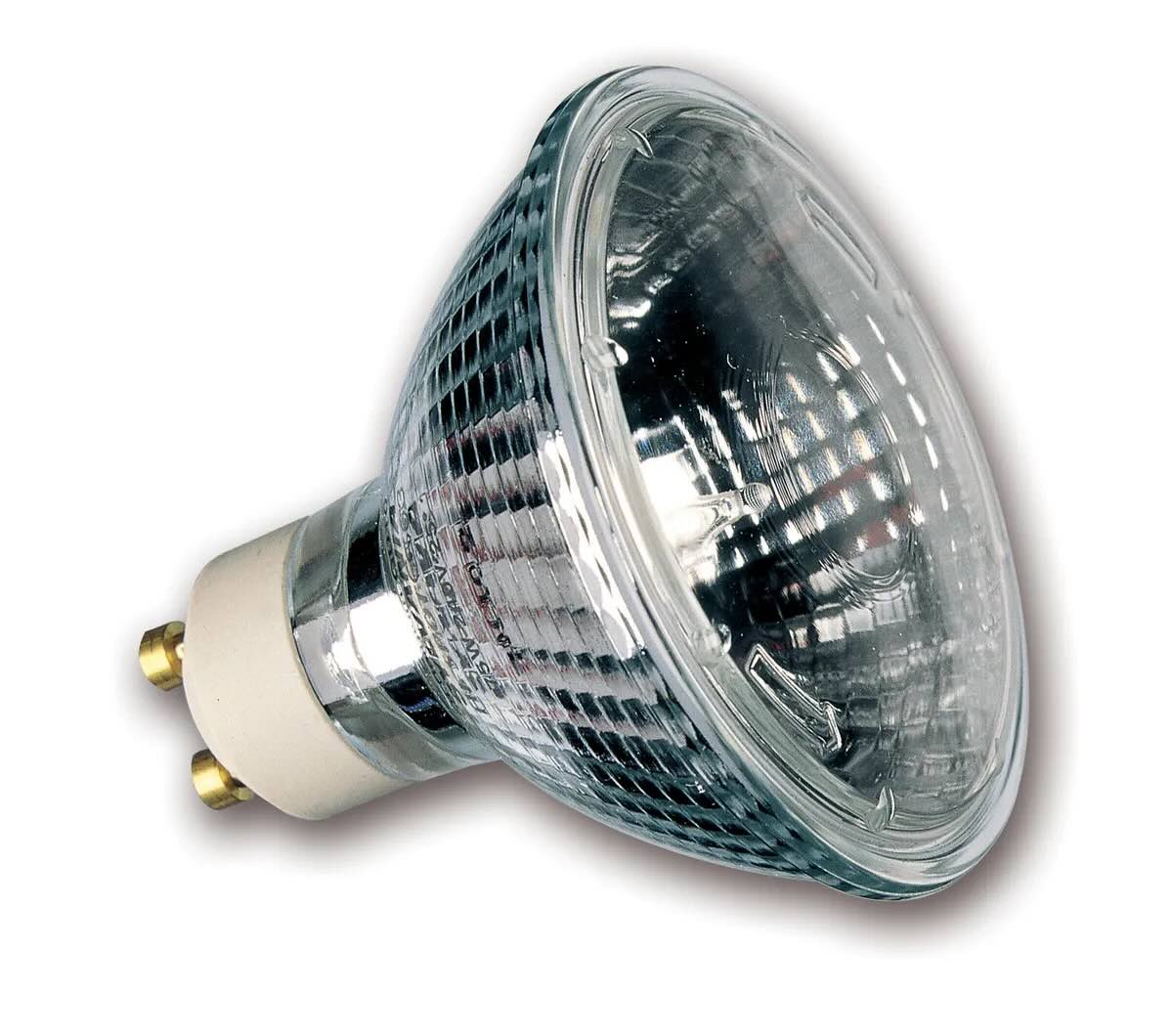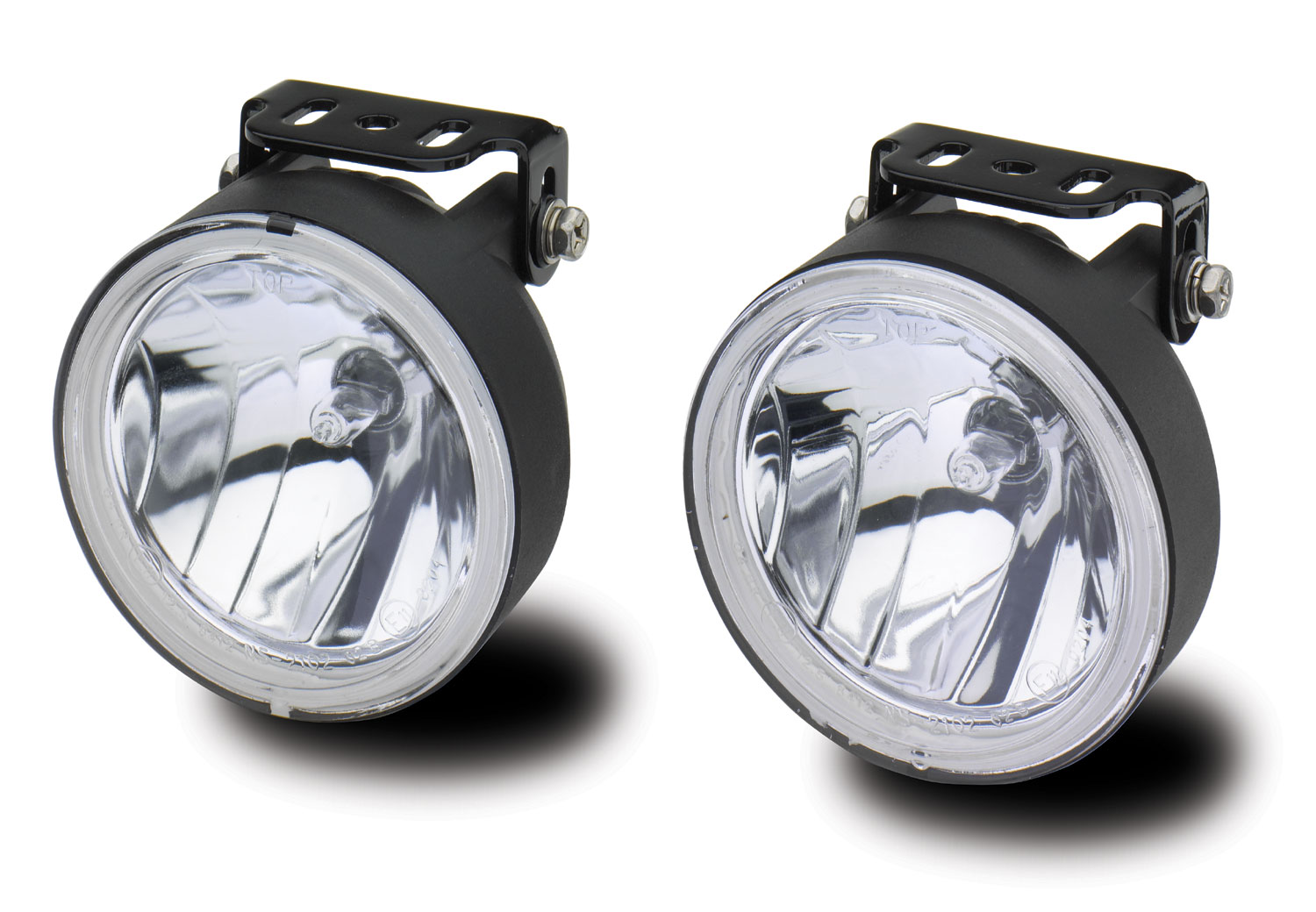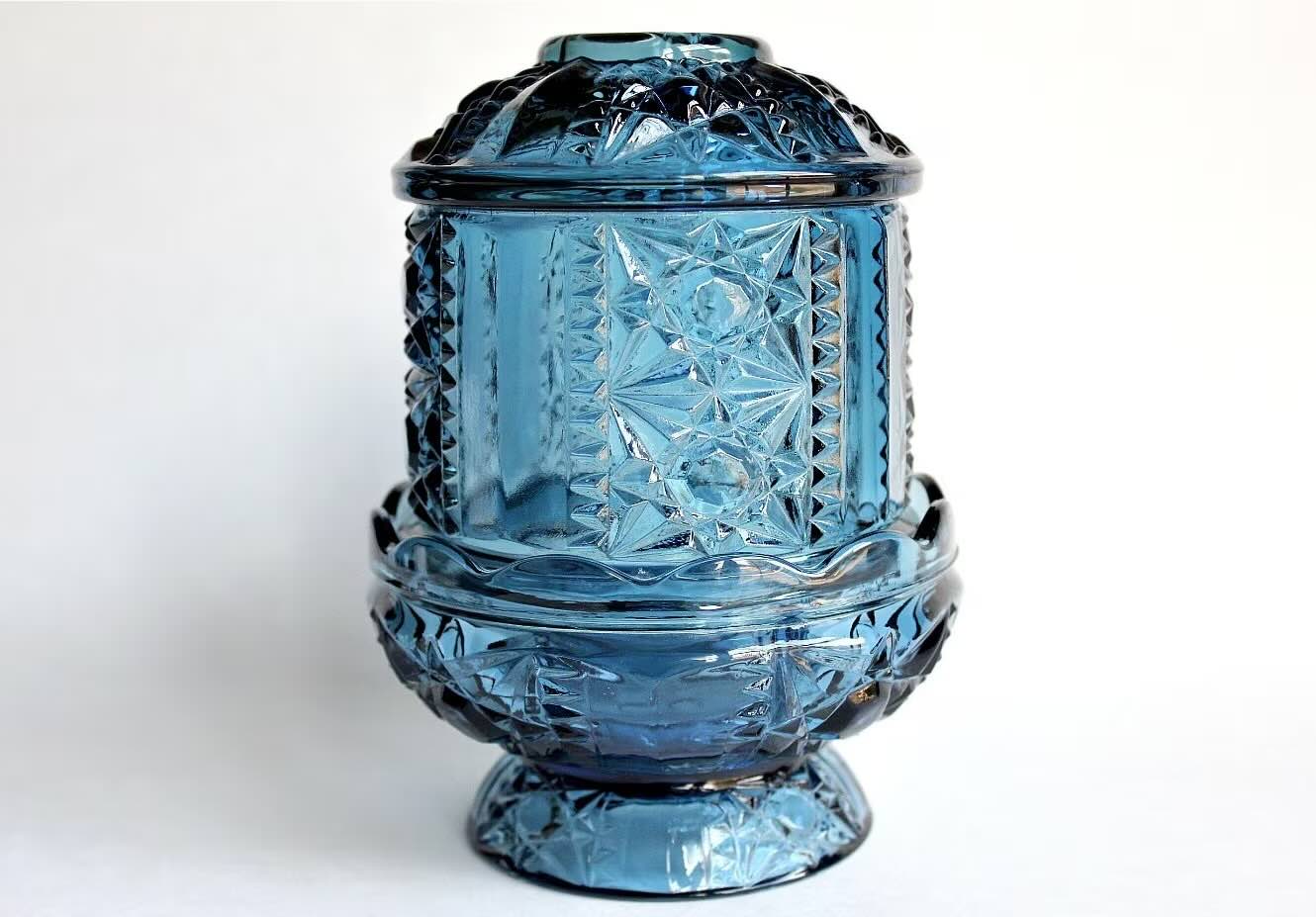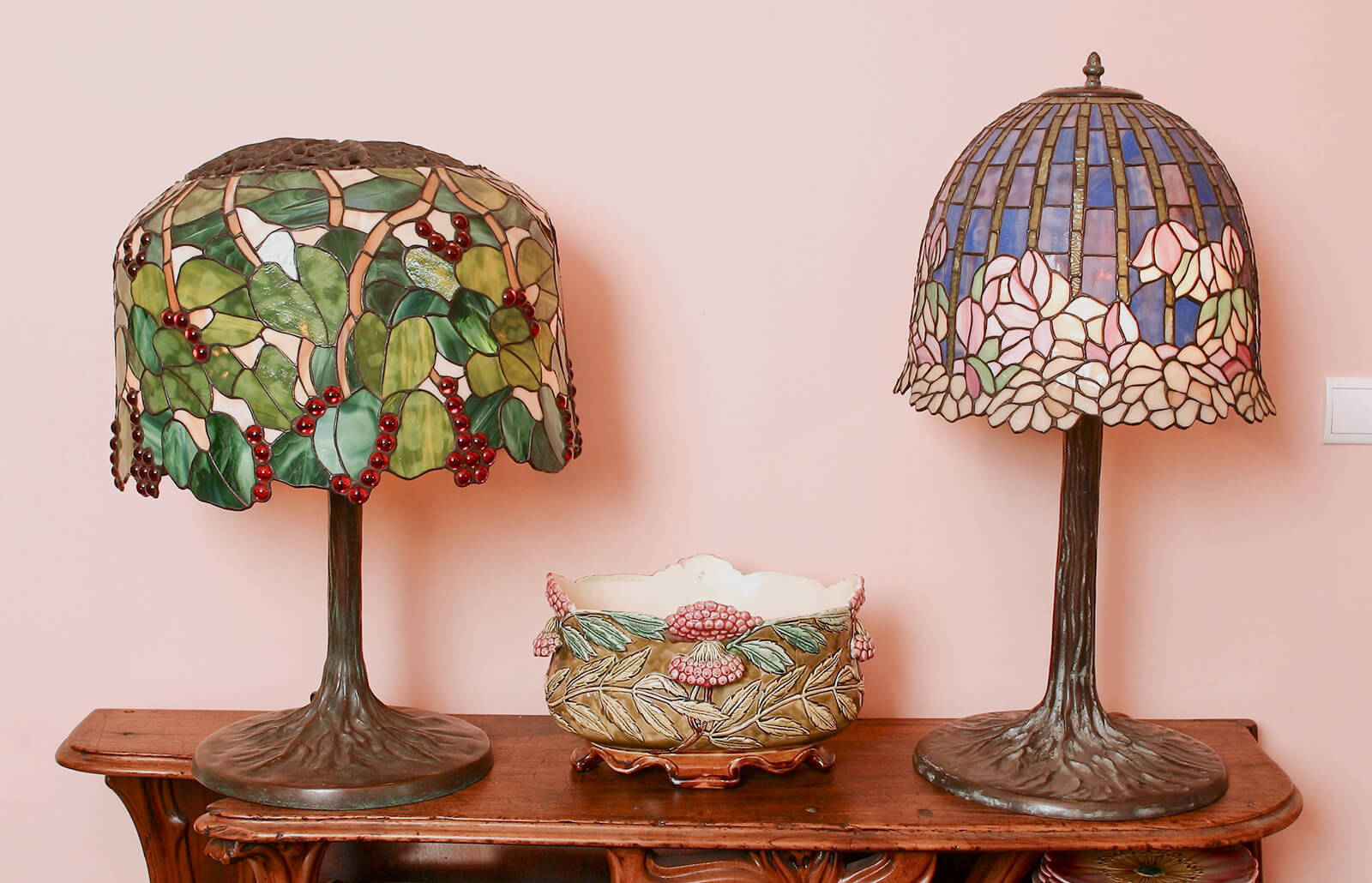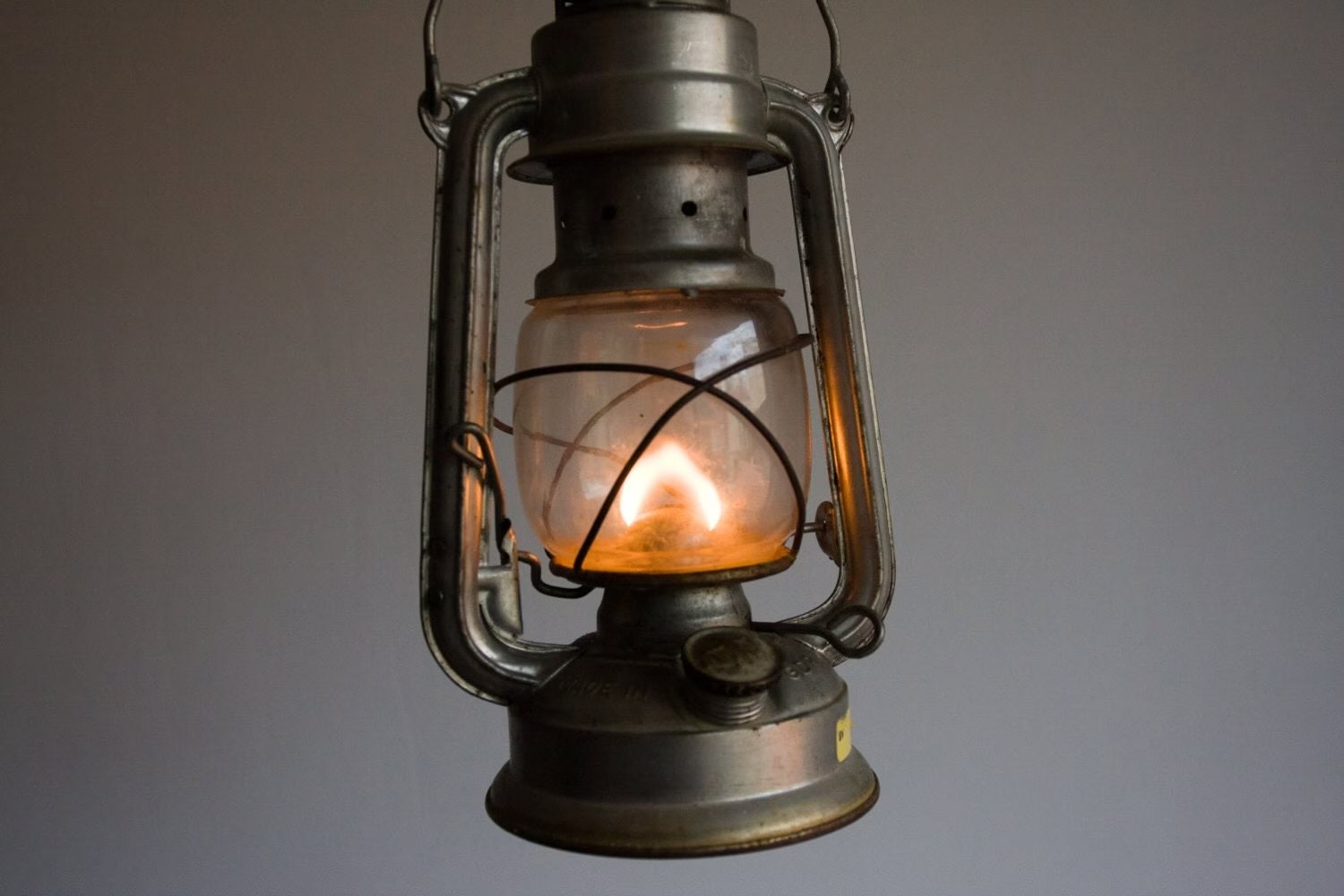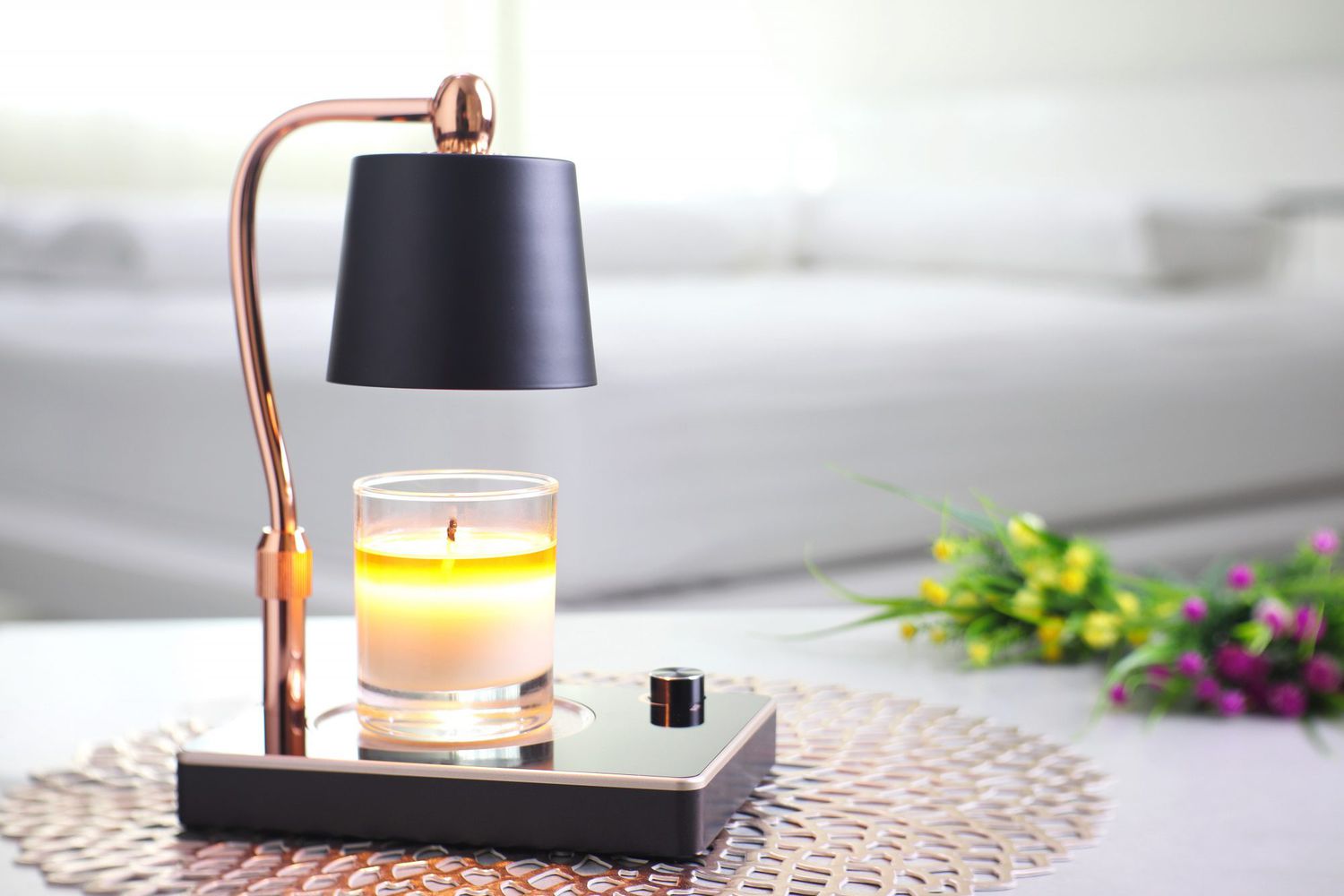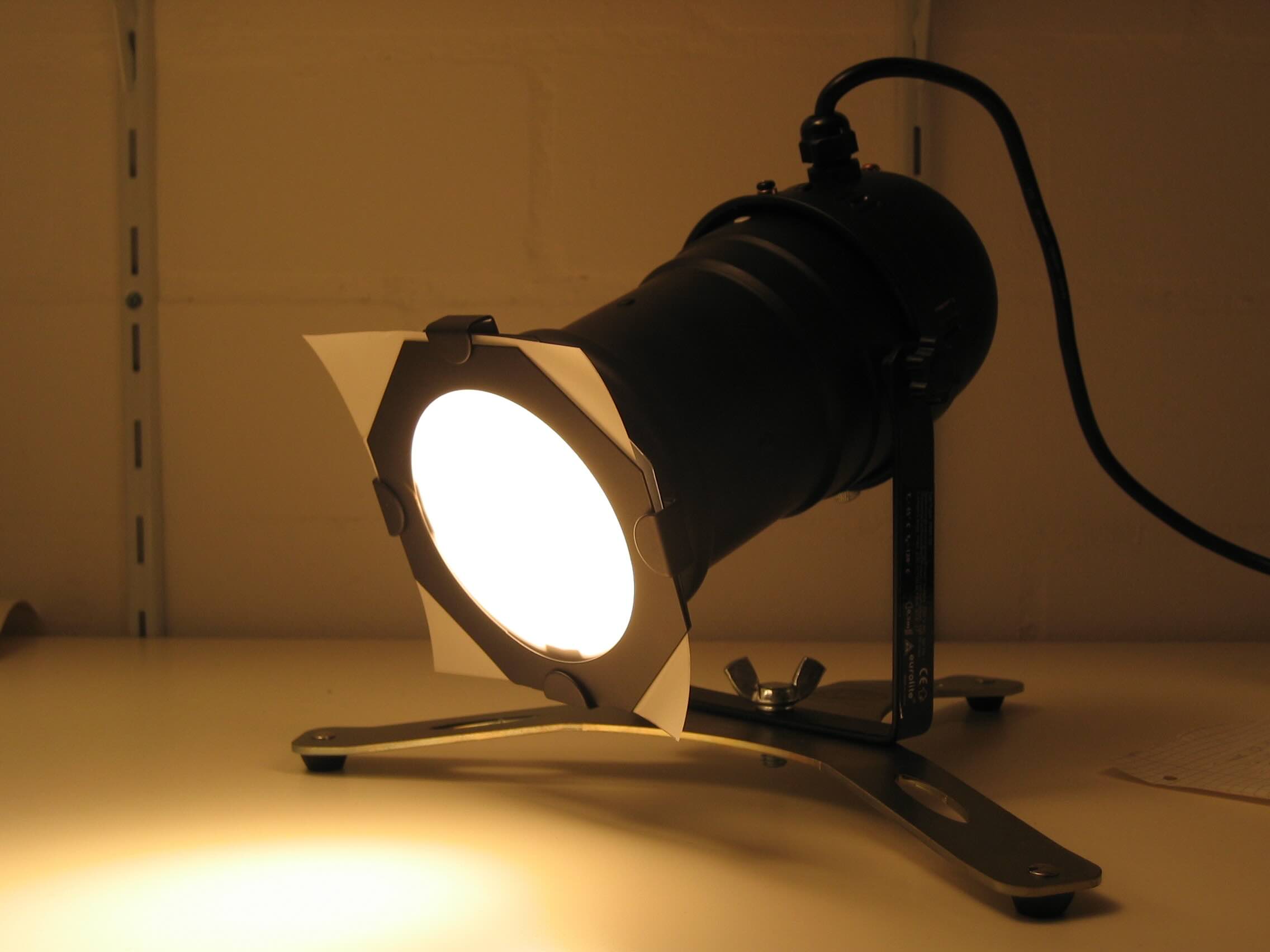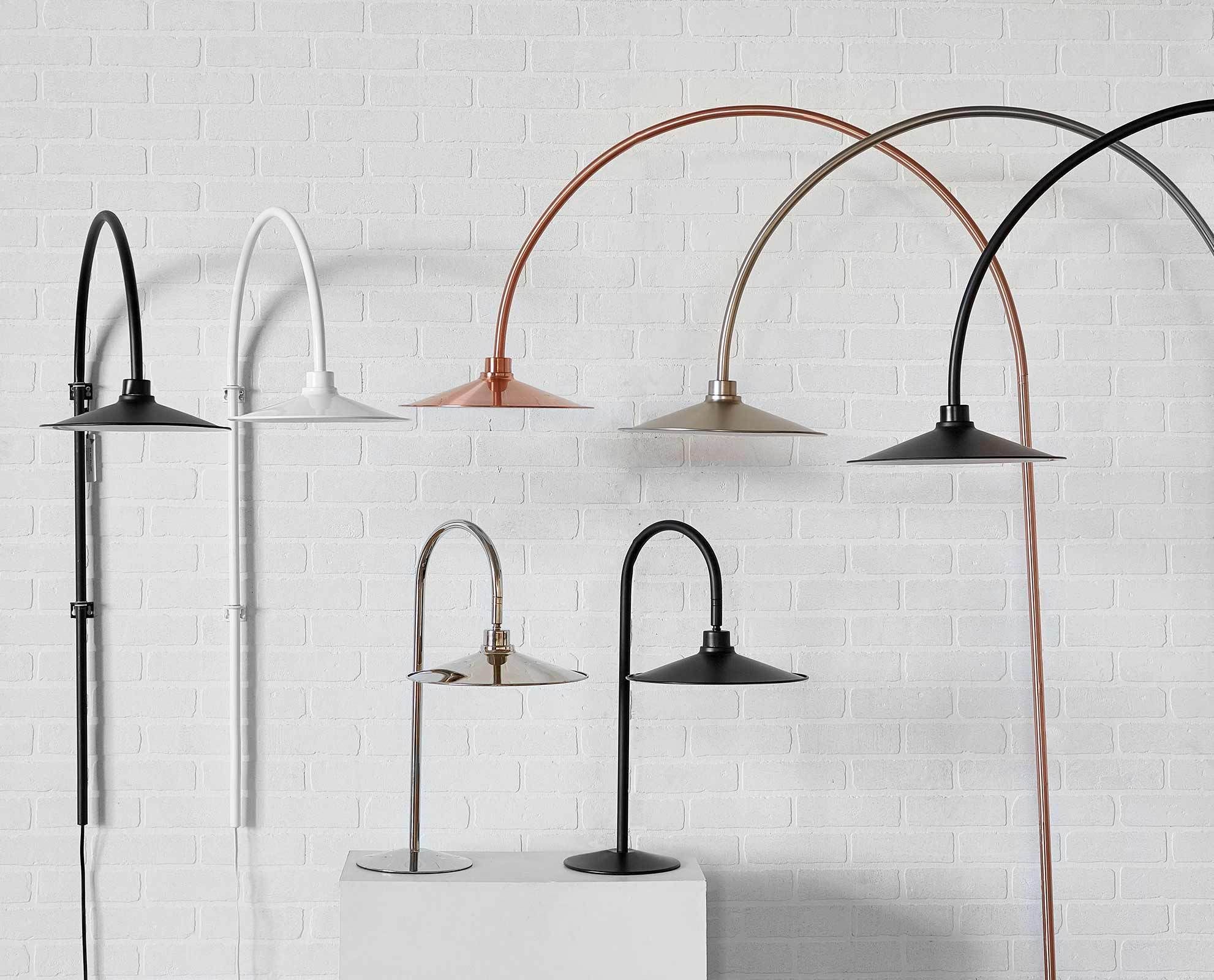

Furniture
What Is An Arc Lamp
Modified: February 23, 2024
Discover the beauty and functionality of arc lamps in furniture design. Learn about the unique features and benefits of these stylish and versatile lighting fixtures.
(Many of the links in this article redirect to a specific reviewed product. Your purchase of these products through affiliate links helps to generate commission for Storables.com, at no extra cost. Learn more)
Introduction
The world of interior design and home decor is filled with a myriad of lighting options, each designed to illuminate spaces in unique and captivating ways. One such lighting fixture that has gained popularity in recent years is the arc lamp. With its sleek and modern design, an arc lamp can add a touch of elegance and sophistication to any room.
In this article, we will explore the fascinating world of arc lamps – from their history to how they work, the different types available, their applications, and the advantages and disadvantages of using them. We will also compare arc lamps with traditional incandescent lamps to see how they measure up in terms of efficiency and functionality.
So, sit back and prepare to be enlightened as we dive into the captivating world of arc lamps.
Key Takeaways:
- Arc lamps, with their rich history and modern versatility, offer intense and precise lighting suitable for theater, film, and industrial applications, but may require careful consideration of maintenance and initial costs.
- When comparing arc lamps to traditional incandescent lamps, it’s important to weigh factors such as light output, energy efficiency, lifespan, functionality, and overall cost to make an informed decision for your specific lighting needs.
Read more: How To Set Up An Arc Floor Lamp
History of Arc Lamps
The history of arc lamps can be traced back to the early 19th century when a Russian scientist, Sir Humphry Davy, discovered the concept of electric arc. In 1809, Davy conducted experiments with a battery and two copper electrodes, creating a bright and intense light by forming an electric arc between the electrodes. This marked the birth of the arc lamp.
However, it wasn’t until the late 19th century that the arc lamp became more widely utilized. In 1876, the famous inventor and businessman, Thomas Edison, improved upon the existing design of arc lamps by introducing a carbon arc lamp. This version of the arc lamp used a carbon electrode, which lasted longer and provided a more consistent light output. As a result, arc lamps began to find practical applications in street lighting, theaters, and industrial setting.
Over the years, advancements in technology led to further improvements in arc lamps. In the early 20th century, mercury arc lamps were developed, which employed a combination of gases and mercury vapor to produce a more efficient and stable light source. These lamps found widespread use in photography, projectors, and street lighting.
In the mid-20th century, with the emergence of fluorescent and LED lighting, arc lamps saw a decline in popularity. However, their unique design and ability to create a dramatic and focused light source have kept them relevant in certain applications, particularly in modern interior design.
Today, arc lamps have evolved into a stylish and versatile lighting fixture, often seen in contemporary homes, offices, and commercial spaces. With their sleek curves, adjustable arms, and range of finishes, arc lamps have become not just a functional lighting option but also a statement piece that adds a touch of sophistication to any space.
How Arc Lamps Work
Arc lamps operate on the principle of creating an electric arc between two electrodes, typically made of carbon or metal. This electric arc produces an intense and focused light source that can be directed to illuminate specific areas.
The basic components of an arc lamp include the electrodes, a power source, and a control mechanism. When the power source is connected to the lamp, an electrical current flows through the electrodes. This current ionizes the gas or vapor surrounding the electrodes, creating a plasma. The plasma, which is a highly conductive state of matter, allows for the flow of electric current between the electrodes.
As the electric current passes through the plasma, it heats up the gas or vapor, causing it to emit light. The color and intensity of the light produced depend on the specific gas or vapor used in the lamp. For example, argon gas is commonly used to create a white, intense light, while mercury vapor produces a bluish-green light.
The design of arc lamps allows for the adjustment of the arc length and position. By moving the electrodes closer together or farther apart, the overall length of the arc can be changed. This affects the brightness and intensity of the light emitted.
It’s important to note that arc lamps require specific ballasts or power supplies to regulate the electrical current flowing through them. These ballasts ensure that the lamp operates at the correct voltage and current levels to prevent overheating or damage to the lamp.
Additionally, arc lamps often come with features such as dimmers and reflectors to enhance their functionality. Dimmers allow for adjusting the brightness of the light, while reflectors help to direct and focus the light in a specific direction.
Overall, the mechanism behind arc lamps is a fascinating blend of electrical currents, plasma production, and gas or vapor emissions, resulting in a powerful and captivating light source.
Types of Arc Lamps
Arc lamps come in a variety of types, each with its own unique characteristics and applications. Here are some of the most common types:
- Carbon Arc Lamp: This is the earliest type of arc lamp that uses carbon electrodes. It produces a bright and intense light and was primarily used for outdoor lighting, projectors, and spotlights. Carbon arc lamps are known for their ability to produce a high amount of UV light.
- Mercury Arc Lamp: These lamps use a combination of mercury vapor and other gases to create light. They are efficient and provide a stable light source with a broad spectrum of colors. Mercury arc lamps are commonly used in fields such as microscopy, UV curing, and fluorescence spectroscopy.
- Xenon Arc Lamp: Xenon arc lamps utilize xenon gas to produce a bright white light. They are widely used in cinema projectors, searchlights, and high-intensity discharge (HID) lighting. Xenon arc lamps have a high color rendering index (CRI), making them suitable for applications where accurate color reproduction is crucial.
- Metal Halide Lamp: Metal halide lamps contain metal halides along with mercury vapor and other gases. These lamps deliver a high-intensity light output with excellent color rendering properties. Metal halide lamps are popular in stadium lighting, automotive headlights, and commercial lighting applications.
- Plasma Arc Lamp: Plasma arc lamps are a more recent advancement in arc lamp technology. They employ a combination of gases and a plasma discharge to produce a bright and stable light source. Plasma arc lamps are used in fields such as photography, film production, and stage lighting.
Each type of arc lamp offers distinct advantages and is suited for specific applications. It’s important to consider factors such as color temperature, efficiency, and lifespan when selecting the appropriate type of arc lamp for your needs.
When using an arc lamp, be sure to position it in a way that the light is not directly shining into your eyes, as it can be very bright and potentially harmful to your vision.
Applications of Arc Lamps
Arc lamps find a wide range of applications across various industries and settings. Their powerful and focused light output makes them suitable for tasks that require intense illumination and precise lighting control. Here are some common applications of arc lamps:
- Theater and Stage Lighting: Arc lamps are popular in theater and stage lighting due to their ability to create dramatic and focused lighting effects. Their intense light output and adjustability make them ideal for highlighting performers, set pieces, and creating atmospheric lighting.
- Studio and Film Production: Arc lamps are commonly used in photography studios and film production studios. The bright and consistent light they produce allows for accurate color reproduction and precise control over lighting setups.
- Projection Systems: Arc lamps are a critical component in various projection systems, including digital projectors and cinema projectors. They provide the necessary brightness and contrast levels to display high-quality images and videos on large screens.
- Industrial Lighting: Arc lamps are employed in industrial settings where intense lighting is required. These lamps are used in factories, warehouses, and construction sites to provide ample illumination for tasks such as assembly, inspection, and maintenance.
- Entertainment and Event Lighting: Arc lamps are popular choices for lighting up concerts, festivals, and other large-scale events. Their powerful light output and ability to create stunning lighting effects make them ideal for creating an immersive visual experience for the audience.
- Scientific Research: Arc lamps play a crucial role in scientific research, particularly in fields such as microscopy, spectroscopy, and fluorescence analysis. Their high-intensity light enables researchers to study samples and conduct experiments with precision and accuracy.
These are just a few examples of the diverse applications of arc lamps. Their versatility and ability to provide intense and focused lighting make them invaluable in various industries and settings where precise lighting control and illumination are crucial.
Read more: What Do Arc Fault Breakers Do
Advantages and Disadvantages of Arc Lamps
Arc lamps offer several advantages that make them a popular choice in certain applications. However, they also have some limitations to consider. Let’s explore the advantages and disadvantages of arc lamps:
Advantages:
- Bright and Intense Light: Arc lamps produce a powerful and focused light source, making them ideal for applications that require intense illumination.
- Precise Lighting Control: Arc lamps can be easily adjusted to control the brightness and direction of the light, allowing for precise lighting setups.
- Wide Color Spectrum: Different types of arc lamps produce varying color temperatures and spectral outputs, providing a wide range of color options for lighting design.
- Long Lifespan: Arc lamps generally have a longer lifespan compared to traditional incandescent lamps, reducing the frequency of replacements and maintenance.
- Efficient Lighting Option: While arc lamps may consume more energy compared to LED lighting, they are generally more efficient than traditional incandescent lamps, offering better energy savings.
Disadvantages:
- High Heat Output: Arc lamps generate a significant amount of heat during operation, requiring proper ventilation and heat management to prevent overheating.
- Frequent Replacement of Bulbs: Some types of arc lamps have a limited lifespan and require periodic replacement of bulbs, which can be an inconvenience and an additional cost.
- Expensive Initial Investment: Arc lamps can be more expensive to purchase compared to other types of lighting fixtures, making them less accessible for some budget-conscious consumers.
- UV Emissions: Certain types of arc lamps, such as carbon arc lamps, emit a significant amount of UV light, which can be harmful to humans and may require additional UV-blocking measures.
- Bulky and Space-consuming: Arc lamps, especially floor-standing models, can take up a significant amount of space and may not be suitable for smaller rooms or spaces with limited floor area.
It’s important to consider these advantages and disadvantages when deciding whether arc lamps are the right lighting solution for your specific needs. While they offer powerful and precise lighting capabilities, their drawbacks, such as heat generation and maintenance requirements, should be taken into account for proper usage and enjoyment.
Arc Lamp vs. Incandescent Lamp
When comparing arc lamps and incandescent lamps, it’s important to note that these two lighting options have distinct differences in terms of design, functionality, and overall performance. Let’s examine some key factors that differentiate the two:
Light Output:
Incandescent lamps produce light by passing an electric current through a wire filament, which then glows and emits light. The light output of incandescent lamps is generally warm and soft, with a limited color spectrum. On the other hand, arc lamps utilize an electric arc to produce a much more intense and focused light. Arc lamps can emit a wider range of colors and offer brighter illumination suitable for applications where intense lighting is required.
Energy Efficiency:
In terms of energy efficiency, incandescent lamps are less efficient compared to arc lamps. Incandescent lamps convert a significant portion of energy into heat rather than light, making them inefficient in terms of their energy consumption. Arc lamps, on the other hand, are generally more efficient, converting a larger proportion of energy into usable light. However, it’s worth noting that both types of lamps are less energy-efficient compared to modern alternatives such as LED and fluorescent lighting.
Lifespan and Maintenance:
Incandescent lamps have a relatively shorter lifespan compared to arc lamps. Incandescent bulbs typically last around 1,000 to 2,000 hours, while arc lamps can have a lifespan of several thousand hours, depending on the specific type and usage. This means that incandescent lamps require more frequent replacement, resulting in higher maintenance costs over time.
Functionality and Applications:
Incandescent lamps are versatile and can be used in a wide range of applications, from general household lighting to decorative lighting. They come in various shapes and sizes, allowing for flexibility in design. On the other hand, arc lamps are often chosen for their ability to create dramatic and focused lighting effects. They are commonly used in theater and stage lighting, film production, photography, and other applications that require precise illumination and control.
Cost:
In terms of cost, incandescent lamps are generally more affordable compared to arc lamps. However, it’s important to consider long-term costs, including energy consumption and maintenance, when comparing the overall value of the two options.
Environmental Impact:
Both incandescent and arc lamps have some environmental impact. Incandescent lamps consume more energy and produce more heat, contributing to higher carbon emissions. Additionally, incandescent lamps contain small amounts of mercury, which can be harmful if not properly disposed of. Arc lamps, although more energy-efficient, may require special handling due to the gases and materials used in their construction.
When choosing between arc lamps and incandescent lamps, it’s important to consider the specific lighting requirements, budget, and environmental factors. With the advancements in LED and other energy-efficient lighting options, these alternatives may offer better overall performance and cost savings in the long run.
Conclusion
Arc lamps have come a long way since their inception, evolving into stylish and versatile lighting fixtures that add a touch of elegance and sophistication to any space. Their history dates back to the 19th century, and they have remained relevant in various industries and settings ever since.
Understanding how arc lamps work, the different types available, and their applications can help you make an informed decision when considering incorporating them into your lighting design. From theater and stage lighting to film production, studio photography, and industrial applications, arc lamps offer powerful and precise lighting capabilities.
While arc lamps offer advantages like intense lighting, precise control, and a wide color spectrum, they also have some disadvantages, such as heat generation, maintenance requirements, and higher initial costs. It’s important to weigh these factors against your specific needs and budget before making a decision.
Comparing arc lamps with traditional incandescent lamps highlights further differences in light output, energy efficiency, lifespan, functionality, and overall cost. With advancements in LED and other energy-efficient lighting options, it’s worth considering the long-term benefits and environmental impact when selecting the appropriate lighting solution.
In conclusion, arc lamps are captivating lighting fixtures that have found their place in various applications due to their intense illumination and precise lighting control. From theater stages to film sets, arc lamps create a visually stunning experience. However, as technology continues to advance, it’s essential to weigh your options and consider the specific requirements of your space to ensure you choose the most suitable lighting solution for your needs.
Frequently Asked Questions about What Is An Arc Lamp
Was this page helpful?
At Storables.com, we guarantee accurate and reliable information. Our content, validated by Expert Board Contributors, is crafted following stringent Editorial Policies. We're committed to providing you with well-researched, expert-backed insights for all your informational needs.
